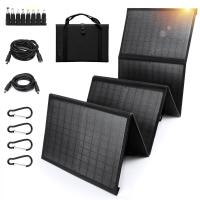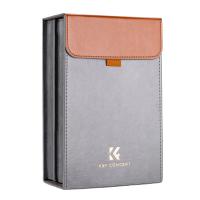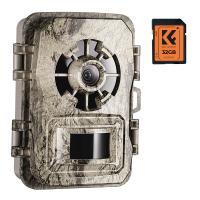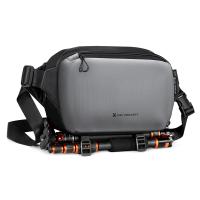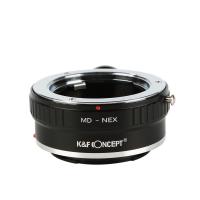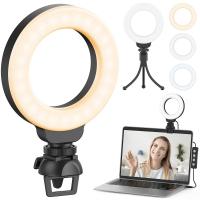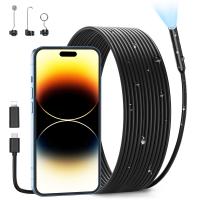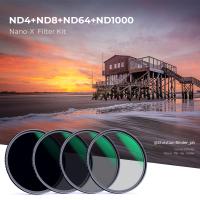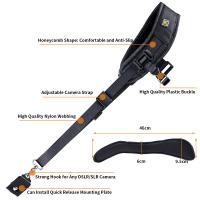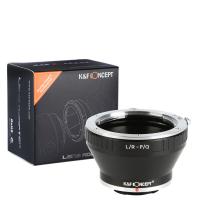How Does In Camera Nd Filters Work ?
In-camera ND filters work by reducing the amount of light that enters the camera's sensor without affecting the color or quality of the image. They are essentially darkened pieces of glass that are placed in front of the lens to block some of the light. This allows photographers to use wider apertures or slower shutter speeds in bright conditions without overexposing the image. In some cameras, the ND filter is built-in and can be activated through the camera's settings. In other cameras, external ND filters can be attached to the lens. ND filters are commonly used in landscape photography to create long exposure effects, such as smoothing out water or clouds, and in portrait photography to achieve shallow depth of field in bright sunlight.
1、 Definition of In-Camera ND Filters
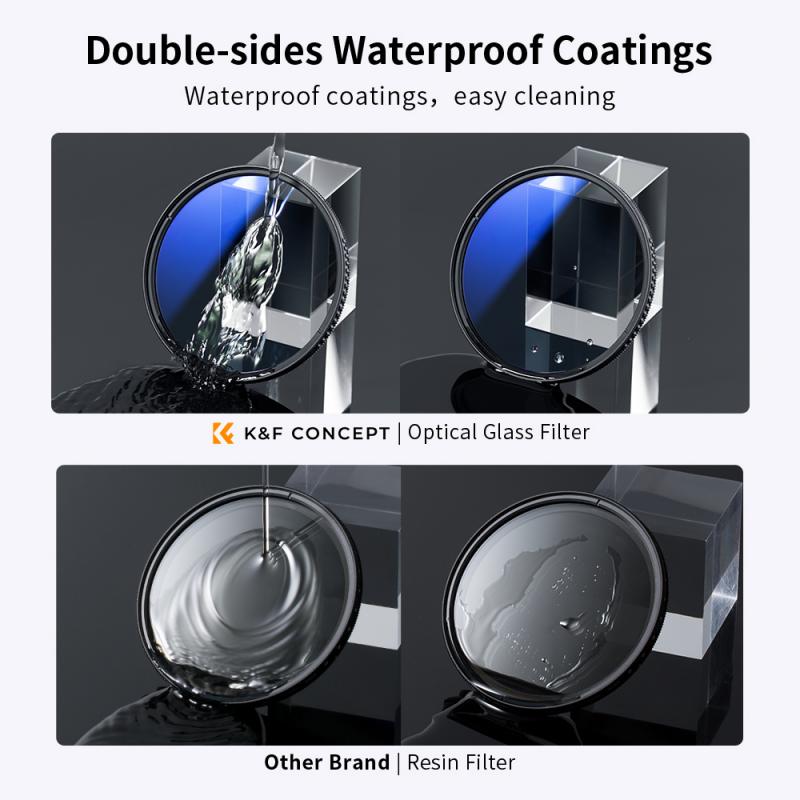
How does in-camera ND filters work?
In-camera ND filters are a feature found in many modern digital cameras that allow photographers to reduce the amount of light entering the camera without changing the aperture or shutter speed. ND stands for "neutral density," which means that the filter is designed to reduce the intensity of all wavelengths of light equally, without affecting the color balance of the image.
In-camera ND filters work by using a piece of glass or plastic that is coated with a special material that absorbs light. The filter is placed in front of the camera's sensor, reducing the amount of light that reaches the sensor and allowing the photographer to use slower shutter speeds or wider apertures without overexposing the image.
The strength of the ND filter is measured in stops, with each stop representing a halving of the amount of light that reaches the sensor. For example, a 2-stop ND filter will reduce the amount of light by a factor of four (2 stops = 2 x 2 = 4), while a 10-stop ND filter will reduce the amount of light by a factor of 1,024 (2 to the power of 10).
In-camera ND filters are particularly useful for landscape and architectural photography, where the photographer may want to use a slow shutter speed to capture motion blur or a wide aperture to create a shallow depth of field, but the bright sunlight would normally make this impossible without overexposing the image.
The latest point of view on in-camera ND filters is that they are becoming increasingly popular among photographers, as they offer a convenient and cost-effective way to achieve creative effects without the need for additional equipment or post-processing. Some high-end cameras even offer variable ND filters, which allow the photographer to adjust the strength of the filter on the fly, without having to change filters or adjust settings.
2、 Types of In-Camera ND Filters
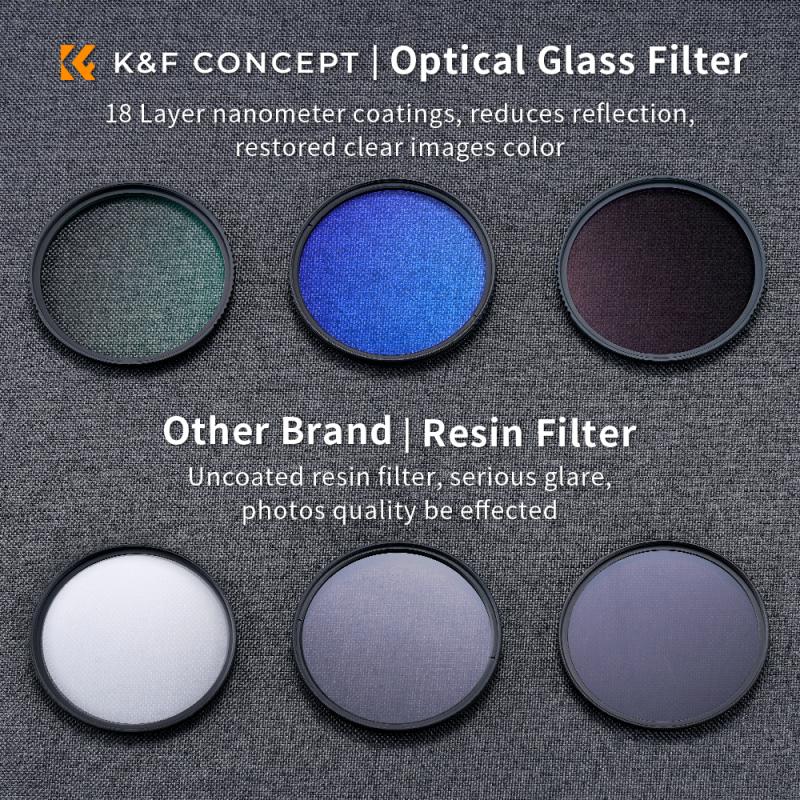
How does in-camera ND filters work?
In-camera ND filters work by reducing the amount of light that enters the camera's sensor. They are essentially pieces of glass that are placed in front of the lens to block some of the light. This allows photographers to use slower shutter speeds or wider apertures in bright conditions without overexposing the image.
There are two main types of in-camera ND filters: fixed and variable. Fixed ND filters have a set amount of light reduction, usually measured in stops. Variable ND filters, on the other hand, allow the photographer to adjust the amount of light reduction by rotating the filter.
The latest point of view on in-camera ND filters is that they are becoming increasingly popular among photographers, especially those who shoot video. With the rise of mirrorless cameras and the ability to shoot high-quality video, ND filters are essential for achieving a cinematic look. They allow filmmakers to use wider apertures and slower shutter speeds to create a shallow depth of field and motion blur, which can enhance the visual storytelling.
In conclusion, in-camera ND filters are a useful tool for photographers and filmmakers alike. They allow for greater creative control in bright conditions and can help achieve a desired aesthetic. As technology continues to advance, it will be interesting to see how in-camera ND filters evolve and become even more integrated into the filmmaking and photography process.
3、 Advantages of In-Camera ND Filters
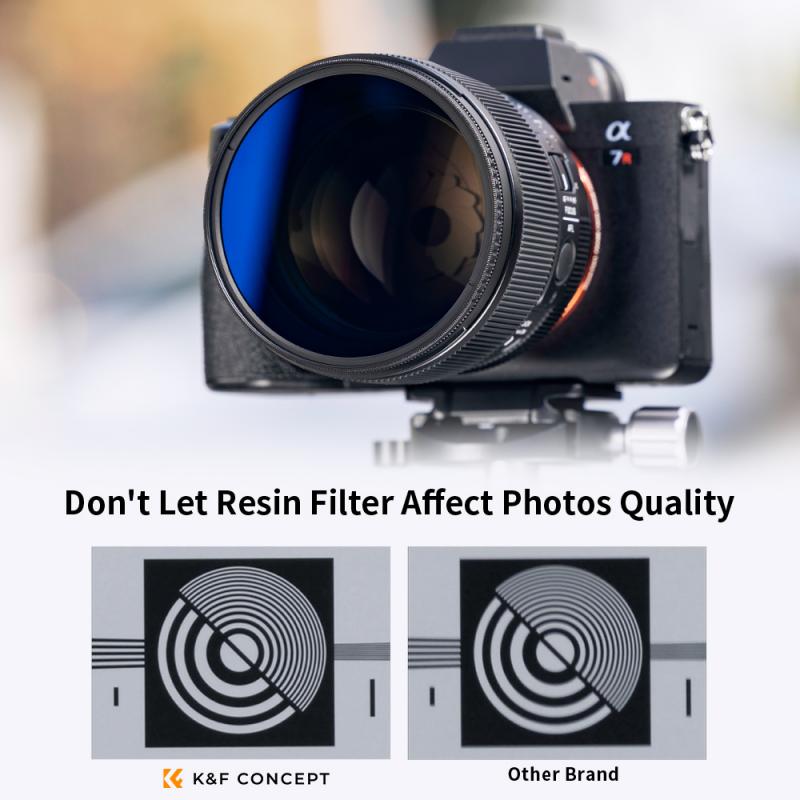
How does in-camera ND filters work?
In-camera ND filters work by reducing the amount of light that enters the camera's sensor. They are built into the camera and can be adjusted to different levels of light reduction. ND filters are commonly used in bright outdoor settings where the amount of light can cause overexposure and washed-out images. By reducing the amount of light, the camera can capture a more balanced exposure and retain details in both the highlights and shadows.
Advantages of In-Camera ND Filters:
1. Convenience: In-camera ND filters are built into the camera, making them easy to use and convenient. There is no need to carry around additional filters or worry about attaching them to the lens.
2. Cost-effective: In-camera ND filters are a cost-effective solution compared to purchasing separate filters. They also save time and effort in post-processing by reducing the need for editing.
3. Better Image Quality: In-camera ND filters can improve image quality by reducing overexposure and retaining details in both the highlights and shadows. This results in a more balanced exposure and a better overall image.
4. Creative Control: In-camera ND filters provide photographers with creative control over their images. They can adjust the level of light reduction to achieve the desired effect, such as creating motion blur in water or capturing a shallow depth of field in bright light.
5. Compatibility: In-camera ND filters are compatible with a wide range of lenses, making them a versatile tool for photographers.
In conclusion, in-camera ND filters are a convenient and cost-effective solution for photographers looking to improve their image quality and creative control. They provide a range of benefits, including better image quality, creative control, and compatibility with a wide range of lenses. As technology advances, we can expect to see even more advanced in-camera ND filters in the future.
4、 Disadvantages of In-Camera ND Filters

How does in-camera ND filters work?
In-camera ND filters work by reducing the amount of light that enters the camera's sensor. They are built into the camera and can be adjusted to different levels of light reduction. ND filters are useful in situations where the available light is too bright, and the photographer wants to use a wider aperture or slower shutter speed to achieve a specific effect. By reducing the amount of light that enters the camera, the ND filter allows the photographer to use longer exposure times without overexposing the image.
Disadvantages of In-Camera ND Filters
While in-camera ND filters can be useful, they also have some disadvantages. One of the main disadvantages is that they can reduce the image quality. This is because the filter reduces the amount of light that enters the camera, which can result in a loss of detail and color accuracy. Additionally, in-camera ND filters are not as versatile as external filters. They are limited in terms of the amount of light reduction they can provide, and they cannot be stacked to achieve greater light reduction.
Another disadvantage of in-camera ND filters is that they can be difficult to remove. If the photographer decides that they no longer need the filter, they may have to go through several menus to turn it off. This can be time-consuming and frustrating, especially if the photographer is trying to capture a fast-moving subject.
In conclusion, while in-camera ND filters can be useful in certain situations, they also have some disadvantages. Photographers should consider the limitations of in-camera ND filters and weigh them against the benefits before deciding whether to use them. The latest point of view is that while in-camera ND filters are convenient, they are not as versatile as external filters and may not provide the same level of image quality.












